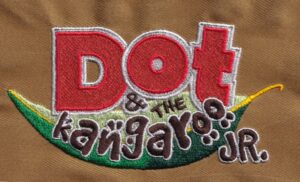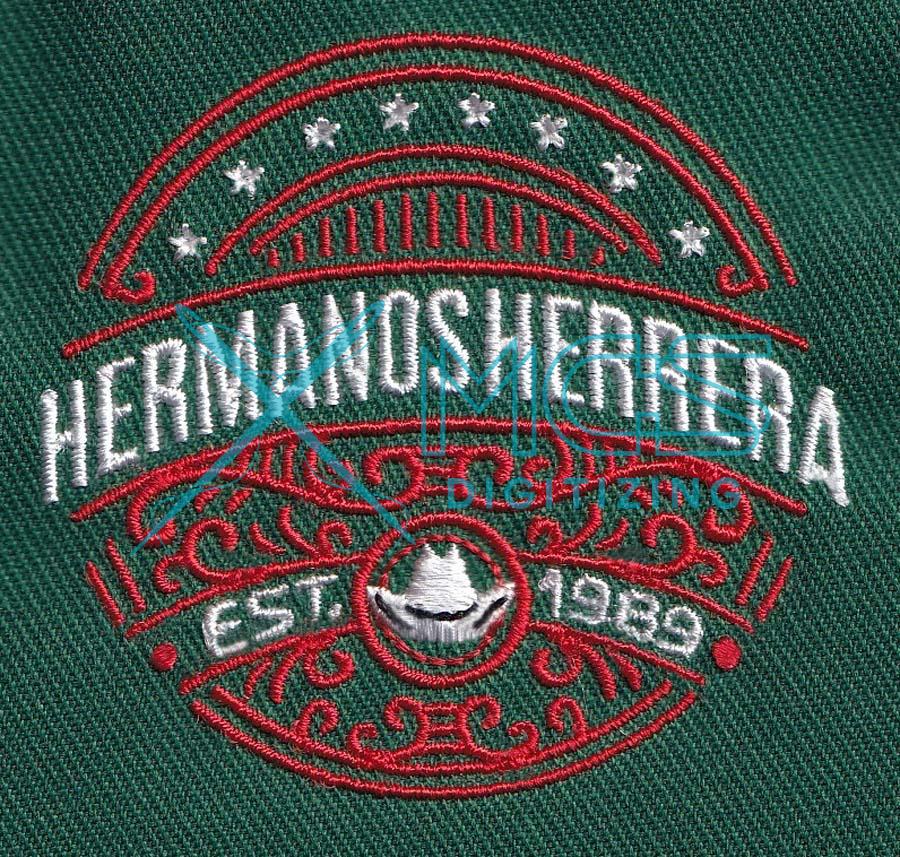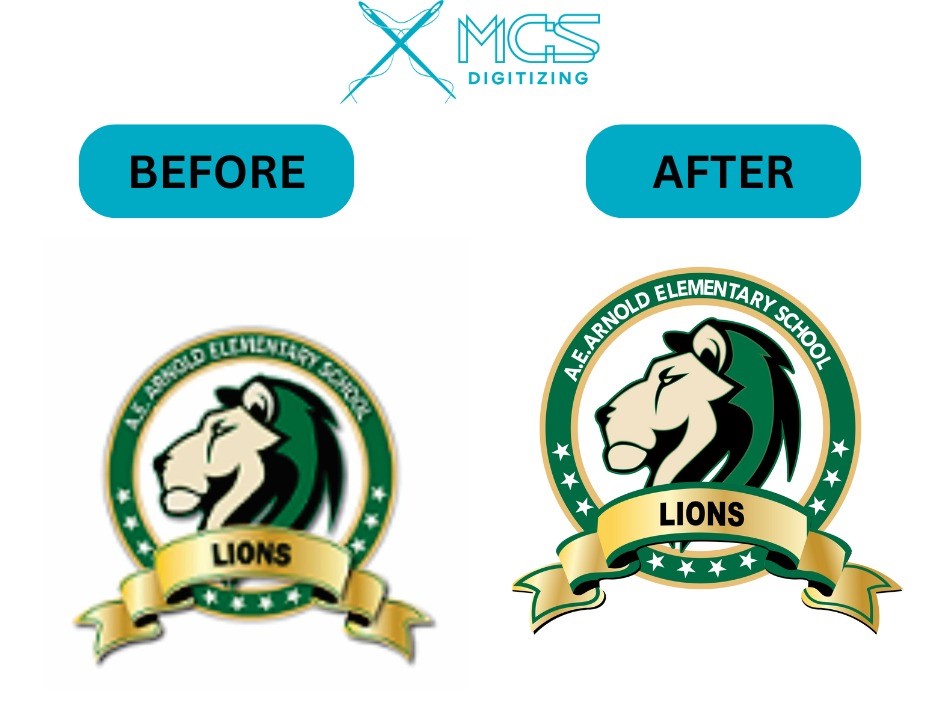How to do hand embroidery?
Hand embroidery is a method of decorating fabric through needle and thread. You can create easy or hard designs, and styles making it a popular preference for decorating fabrics, and decor items.
Supplies
Collecting materials for hand embroidery is an exciting first step. It’s key for both beginners and experts to have the right tools. These materials are essential for creating beautiful, intricate designs.
-
- Fabric:
You should choose an appropriate fabric for your embroidery it plays an important role. Linen and cotton are the most used fabrics for perfect embroidery. You can choose according to your necessities.
-
- Embroidery Hoop:
An embroidery hoop is a wooden or steel frame with a screw mechanism which used to hold the fabric tightly. Hoops are available in different sizes you can choose any size according to your
design. Embroidery hoops are significant for both
hand embroidery and machine embroidery.
-
- Needles:
Embroidery needles are better than any ordinary sewing needles. They have a larger eye-to-residence embroidery floss and a sharp aspect to pierce the material without issues. Choose needles in particular sizes depending on the thickness of your fabric.
-
- Embroidery Floss:
Embroidery floss is a special type of thread made for embroidery. It is in various colors and is usually manufactured from cotton or silk. You can separate the floss into strands to create precise thicknesses on your stitches.
-
- Pattern or Design:
Choose a design that you need to be embroidered. You can create your design personally or you can pick any design online. You can start with any sample design as a beginner and as your skills grow you can design your own.
-
- Stabilizer (non-compulsory):
Stabilizer is a fabric that is used to resource the fabric at some point of embroidery, especially whilst working with sensitive or stretchy fabrics. It prevents puckering and distortion of the fabric. Prepare The Fabric: For easy sewing, preparing the fabric is a crucial step. Before starting the embroidery, it’s very important to iron the fabric to put off any wrinkles. Ironing the fabric simply guarantees a clean ground and also it helps in any distortion of the format Once the fabric is smooth and clean, you prepare it for hand embroidery by securing it in an embroidery hoop. Hooping the fabric permits to preserve tension, making it simpler to sew and preventing fabric distortion. Begin with the aid of putting the internal hoop under the cloth and the outer hoop on the pinnacle, then tighten the screw. Make sure the fabric is taut but not stretched, as it can cause problems in embroidery. You can start your hand embroidery after hooping the fabric.
Thread The Needle
You should choose the right embroidery floss to thread the needle. Embroidery floss normally has six strands however, you could choose fewer strands for a thin design or more strands for a bold design. Next, reduce the length of the floss, typically around 18-24 inches, and separate the strands. To thread the needle, preserve the cease of the floss between your thumb and forefinger and moisten it barely to stiffen the fibers. Then, gently insert the end of the floss through the attention of the needle, being cautious not to fray the ends. Once the floss is through the eye, equal both sides of the floss and knot it tightly. You can set the length of the floss according to your design.
Type Of Stitching
For starting the embroidery, you should choose the type of embroidery you want in the design. Understanding the awesome types of stitches and the way they’re used permits you to create lovely designs.
-
- Straight Stitch:
Straight stitch is one of the easiest stitch in hand embroidery. This stitch is used for outlining and developing the design.
-
- Satin Stitch
This stitch creates a smooth, brilliant surface and is right for growing sturdy blocks of coloration or such as texture for your layout.
-
- Smash-up Stitch:
The smash-up stitch is used for filling in regions, growing an additional textured appearance that is right for including depth on your embroidery.
-
- French Stitch:
French stich is used to add dimension to your embroidery. This sew creates a small, raised knot on the cloth and is ideal for growing small dots or including texture in your layout.
-
- Chain Stitch:
Chain sew is a simple embroidery stitch shaped by looping the thread, developing a sequence of connected loops corresponding to a chain. It’s flexible and used for defining, filling, and developing textured strains.

Finish the Design
-
- Remove the material from the hoop: Carefully loosen the screw and get rid of the hoop. Be gentle to keep away from distorting the embroidery.
-
- Trim any extra threads: Use scissors to trim any free threads on the back and front of the fabric.
-
- Frame or cease the embroidery: You can frame the embroidery in a hoop or a picture frame to reveal it. Alternatively, you may incorporate it into a larger challenge, together with a pillow or a cover.
Final Thoughts
The hand embroidery is technical itself. It demands patience, care, and a progressive eye. Each stitch should be placed properly, which develops a unique piece of embroidery that shows the capability and self-discipline of the embroiderer. Whether you are a beginner or a professional embroiderer, hand embroidery always gives you a chance that allows you to express your creativity.




